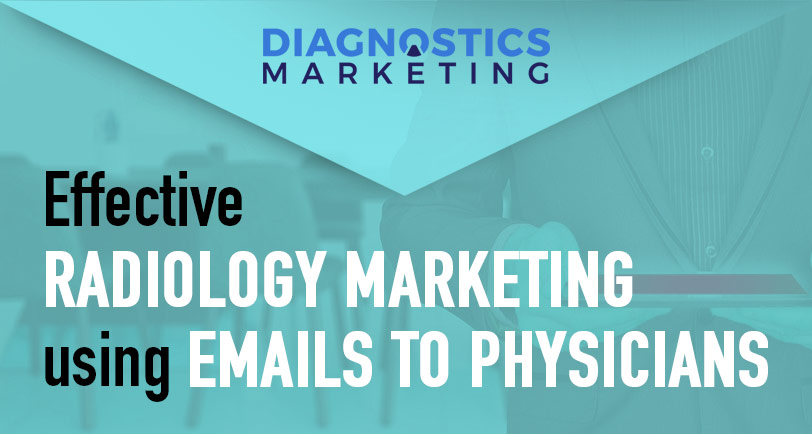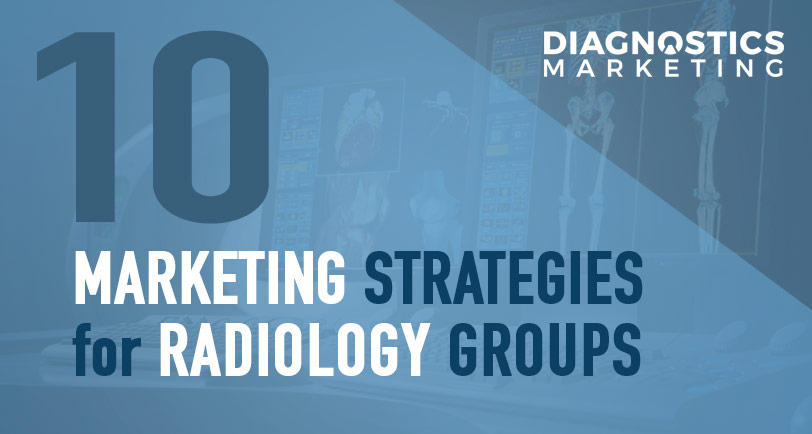
by Eric | May 8, 2019 | Uncategorized
Women are still the dominant force in caregiving. And this can give healthcare providers an ‘in’ when trying to secure a family’s ongoing…matronage. The times are ever-changing. Yet some things are slower to change or may never change. Go ahead, insert your favorite...

by diagnostics | Nov 13, 2017 | Blog, Business, Business Building, diagnostic marketing, Email, Marketing, Uncategorized
Marketing to physicians should be a cornerstone of any imaging center’s overall strategy. Effectively marketing to physicians comes down to professional relationships. Building and maintaining relationships with both current and prospective referring physicians is the...

by diagnostics | Nov 13, 2017 | Blog, Business Building, diagnostic marketing, Management, Marketing
Radiology & Diagnostic Center Marketing Understanding the law and what is allowed and Marketing your Diagnostic Center, you will attract new patients, grow your practice, and get the attention of referring physicians. Lack of understanding, and you could...

by diagnostics | Nov 10, 2017 | Blog, Business Building, diagnostic marketing, Marketing
Diagnostic Imaging Marketing Strategies & How to Make Them Work for Your Practice The healthcare scene is constantly changing, and diagnostic imaging is no different. To put your business ahead of other local facilities, you need to be in front of your referring...





